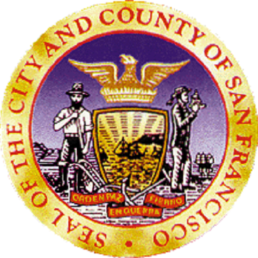San Francisco requires all new large buildings to treat their non-potable water onsite, reducing the use of potable water and conserving the region’s scarce resources.
San Francisco’s Non-potable Water Program allows buildings and districts to incorporate decentralized, onsite water systems. Collecting and treating non-traditional sources of water, such as rainwater, stormwater, blackwater, and graywater, can reduce the use of potable water by up to 50% for residential buildings and 95% for commercial buildings. The collected water is used for irrigation of green surfaces, toilet flushing, and other non-potable uses. San Francisco’s program is designed to streamline the process for the private sector and create a new water management paradigm within the city.
91 million liters of potable water saved each year since 2012
Cities100 – 2015
The program began in 2012 as a voluntary measure, but, as of 2015, it became mandatory for all new buildings over 250,000 square feet to recycle water onsite, making it the first policy of its kind in the USA. This groundbreaking step ensures that all new developments in San Francisco are built with water conservation as a top priority. Since the program’s inception in 2012, 33 projects have installed onsite water reuse systems.
The challenge
By 2050, based on current per-capita water use, the state’s estimated 22 million additional residents will need an additional 6.8 billion cubic meters of potable water per year. As California sees longer-lasting droughts and increased urbanization, San Francisco’s Non-potable Water Program anticipates an increase in the number of onsite water treatment systems installed, making it a critical strategy for dealing with a shrinking water supply due to climate change.
Co-benefits
Economic The program provides grants of up to $500,000 to projects implementing onsite water reuse systems.
Health The program regulates the entire life-cycle of water recycling installation systems, guaranteeing safe operation and usage and the protection of public health.
Social Onsite water systems build water resilience and enable communities to sustainably utilize available water resources to withstand and recover from adverse situations.
About San Francisco
San Francisco is the cultural, commercial, and financial center of Northern California and is the fourth-most populous city in California. It has an estimated population of 870,887. A popular tourist destination, San Francisco is known for its eclectic mix of architecture, and landmarks, including the Golden Gate Bridge, cable cars, the former Alcatraz Federal Penitentiary and its Chinatown district. As of 2017, San Francisco is ranked high on world liveability rankings.


